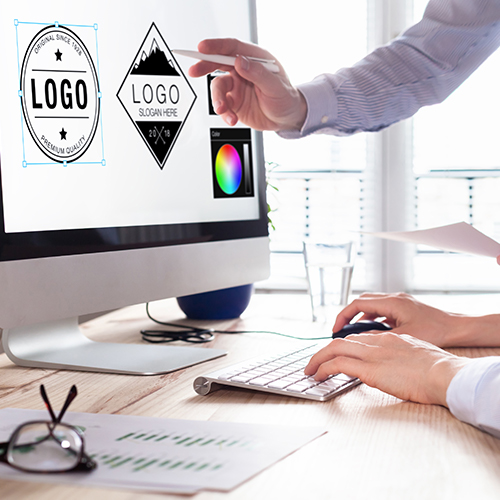BLOG ARTICLE
What to Include in
a Creative Style Guide
Drive Consistency and Minimize Rogue Marketing
AMY ROSS, MANAGER — BRAND AND PRODUCT MARKETING
Depending on your product or service offerings, marketing can be complex and expensive, often with longer sales cycles. Delivering a consistent experience allows you to drive home the core values of your company. Inconsistent execution can have a negative impact on your company’s credibility and hinder recognition among prospects and customers.
Consistency isn’t about strategy; it’s about discipline. And discipline implies that there is a structured way to execute it. Consider these three steps:
1. Broadcast your message. Is there clarity around your message? You can (and should) create a style guide that allows marketing, sales and other partners to understand the specifics. Create and enforce the guidelines everywhere, both internally and externally. Seek out employees who exercise freedom in creating their own rogue marketing materials, such as custom email signatures or modifications to your logo.
A style guide should include:
- Target audience
- Marketing personas
- Brand story
- Brand essence
- Brand promise
- Brand personality
- Brand platform
- Value proposition
- Key differentiators
- Thirty-second elevator speech
Sharing a creative style guide gives your colleagues and partners both a resource for usage and a reason to reinforce it. When they believe in and engage with your company’s story, they can advocate for consistent execution.
2. Focus on what your brand says. Your brand voice is an important driver of consistency. It can be difficult to teach because each person’s individuality can get injected into written and spoken words. Provide as much detail as possible such as:
- Tone
- Acronyms
- Distinctive spellings
- Word/phrase usage (and what to avoid)
- Bullets and numbering
- Preferred resources (e.g., AP Style)
- Abbreviations
- Salutations and derivations
- Capitalization
Providing this level of detail can decrease the time you need to spend training people about your brand. This is especially helpful when outsourcing creative, but most importantly, it drives discipline.
3. Don’t forget the graphics. Advancements in software have made most people capable of “desktop design.” Unfortunately, whenever there is a void, outliers can usually create what they need on their own … with varying levels of consistency. Your best bet is a centralized repository for approved graphics that fit a variety of formats. Consider using a digital asset management solution or a centralized server with an easy-to-use file structure system. Whatever you choose, make the assets widely available to deter DIY graphics. Of course, you still need to provide education about how to access the assets and ensure that everyone understands the importance of returning to the repository each and every time to retrieve the most current assets.
You can’t take a one-and-done approach to driving consistency and maintaining it across a company. It requires diligent and continuous effort. But the greatest reward comes when your clients reflect on their positive experiences with your company — in words taken straight from your creative style guide.
Bonus tips
Here are a few next-level ways to create brand ambassadors throughout your organization:
- Write call scripts for customer service and sales.
- Develop standards for client meetings.
- Circulate company email signatures.
- Create standards for office behavior.



